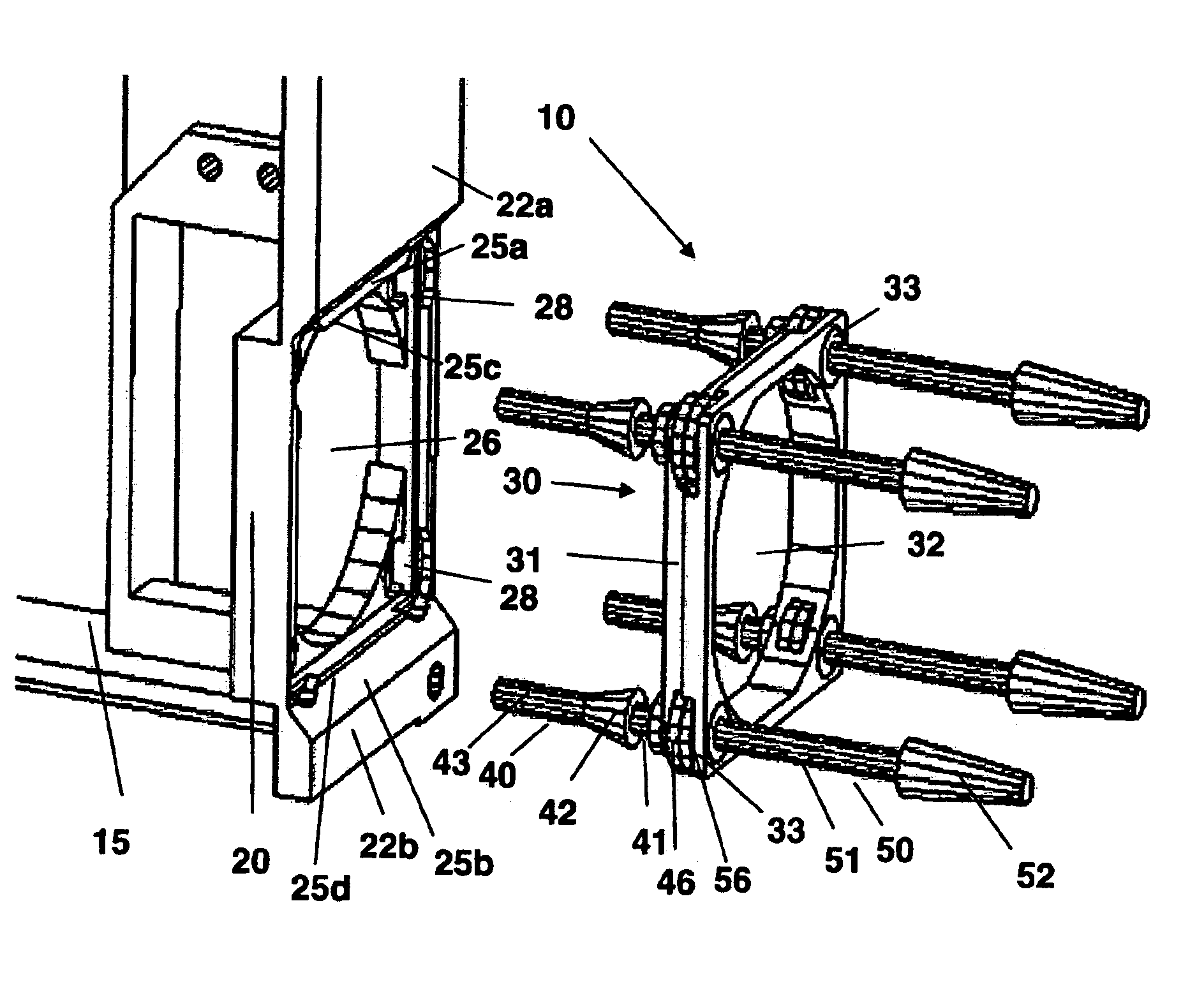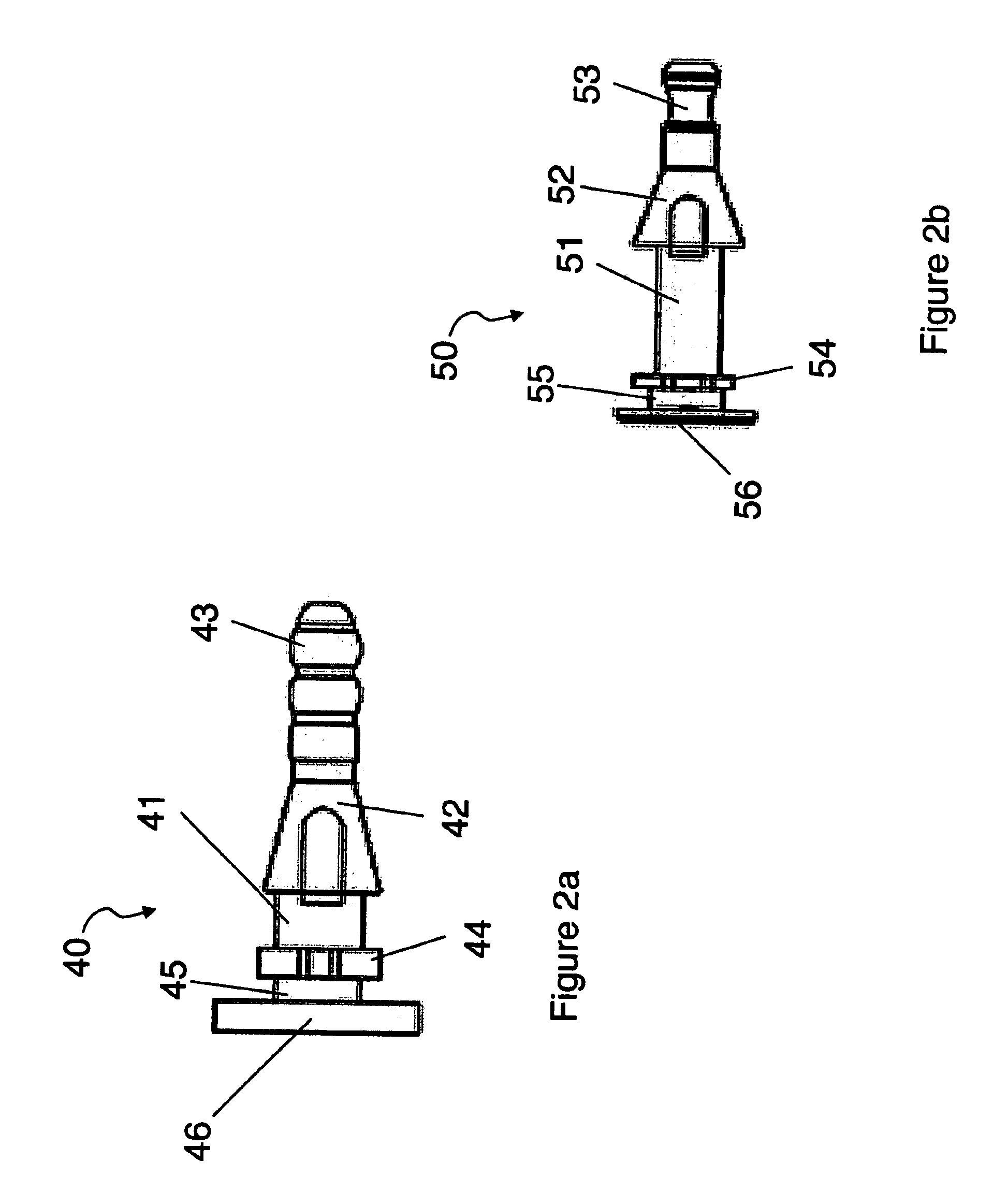Structure-borne noise isolation technique and apparatus for fans and blowers
a technology of structure-borne noise and isolation technique, which is applied in the direction of lighting and heating apparatus, power cables, cables, etc., can solve the problems of increasing the amount of heat produced and that must be removed, mounting fans on the housing, and increasing the power density, so as to reduce the transmission of structure-borne noise, and maintain the thermal removal capability of the system
- Summary
- Abstract
- Description
- Claims
- Application Information
AI Technical Summary
Benefits of technology
Problems solved by technology
Method used
Image
Examples
Embodiment Construction
[0014]The present invention is a system and method for isolating and reducing the transmission of vibratory or structure-borne noise, especially structure-borne noise associated with fans and / or blowers that are used to convectively cool electronic components.
[0015]FIG. 1 illustrates, in an exploded view, the system 10 of the present invention. The bowels of the system 10 are an isolation (or adaptor) plate 30 that can be manufactured out of several different types of material including machined aluminum (AL 6061), steel, stainless steel, and sheet metal. The preferred material for the isolation plate 30 is either machined aluminum or stainless steel. The isolation plate 30 consists of a frame 31 and a large aperture 32 formed by the frame 31. The frame 31 is machined to fit other components of the system 10, which provides a compact design and a decoupling effect between different components of the system. The frame 31 also has one or more holes bored through it. As illustrated in ...
PUM
 Login to View More
Login to View More Abstract
Description
Claims
Application Information
 Login to View More
Login to View More - R&D
- Intellectual Property
- Life Sciences
- Materials
- Tech Scout
- Unparalleled Data Quality
- Higher Quality Content
- 60% Fewer Hallucinations
Browse by: Latest US Patents, China's latest patents, Technical Efficacy Thesaurus, Application Domain, Technology Topic, Popular Technical Reports.
© 2025 PatSnap. All rights reserved.Legal|Privacy policy|Modern Slavery Act Transparency Statement|Sitemap|About US| Contact US: help@patsnap.com



